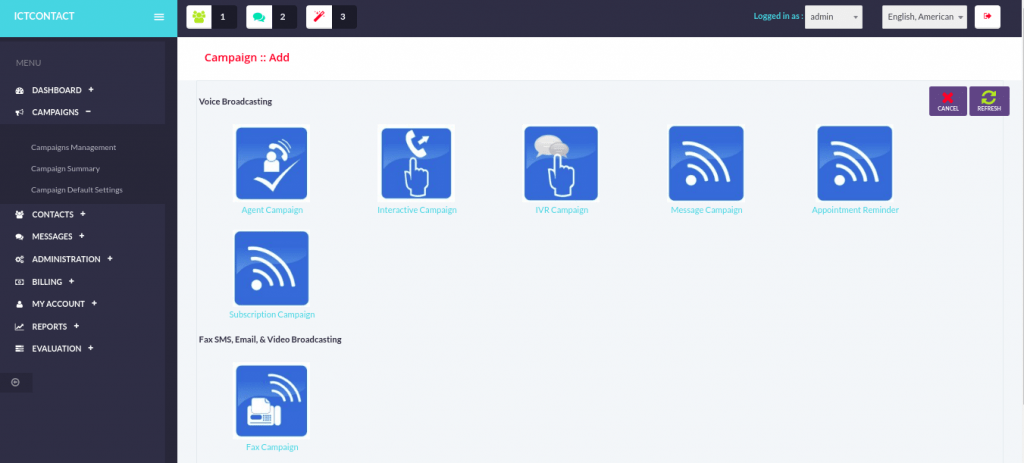In today’s fast-paced business environment, companies increasingly view customer experience as a crucial competitive edge. A pivotal component of delivering top-notch customer service is the contact center. Traditional contact centers have significantly evolved with the introduction of open source unified communications (UC) technology. This article delves into the concept of unified communication-based contact centers and their role in elevating customer experience.
Understanding Unified Communications (UC)
Unified communication-based contact centers revolutionize customer interactions and collaboration by integrating various communication channels, including voice, video, and messaging. This seamless integration creates a personalized customer experience. Discover the advantages of enhanced communication and collaboration for both businesses and customers, and see how these centers are transforming customer support and engagement.
The Evolution of Contact Centers
Contact centers have progressed from simple telephony systems to sophisticated omnichannel communication hubs. With the rise of digital channels like email, chat, social media, and mobile apps, customers now demand a consistent experience across all touchpoints. Traditional contact centers often fall short due to fragmented communication channels and disconnected customer data.
Benefits of Unified Communication-Based Contact Centers:
- Enhanced Customer Service:Unified communication-based contact centers equip agents with a holistic view of customer interactions across all channels. This capability allows agents to provide personalized, contextually relevant support, leading to quicker issue resolution and higher customer satisfaction.
- Seamless Multichannel Communication: By merging multiple communication channels into one unified platform, organizations can offer a seamless customer experience. Customers can start communication through their preferred channel and switch between channels without losing context, enhancing convenience and reducing frustration.

- Improved Agent Collaboration: These contact centers facilitate real-time collaboration among agents, supervisors, and subject matter experts through instant messaging, presence indicators, and shared workspaces. This teamwork boosts problem-solving efficiency and first-contact resolution rates.
- Advanced Analytics and Reporting UC-based contact centers utilize advanced analytics tools to extract insights from customer interactions across different channels. These analytics help organizations identify trends, monitor agent performance, and refine customer service processes, driving continuous improvement and superior customer experiences.
Key Components of a Unified Communication-Based Contact Center
- Integrated Communication Channels: A unified communication-based contact center should seamlessly incorporate voice, video, chat, email, social media, and other relevant channels. This ensures consistent service across all customer touchpoints.
- CRM Integration: Integrating the contact center with a CRM system is crucial for personalized customer experiences. Synchronizing customer data, purchase history, and past interactions gives agents a comprehensive view, enabling them to offer tailored support.
- Intelligent Routing and Queuing: Advanced call routing and queuing direct customer inquiries to the best-suited agent based on skillset, availability, and priority. This reduces wait times, enhances first-contact resolution, and boosts overall customer satisfaction.
- Real-Time Analytics and Reporting: Real-time analytics and reporting capabilities enable supervisors and managers to track contact center performance, agent productivity, and customer satisfaction metrics. Promptly addressing areas of improvement ensures continuous enhancement of the customer experience.
Challenges and Considerations:
While unified communication-based contact centers offer significant benefits, implementing and managing such systems come with their own set of challenges. These include ensuring network reliability and security, training agents on multiple communication channels, and managing the integration with existing infrastructure. Organizations need to carefully evaluate their requirements and select a solution that aligns with their business objectives.
Conclusion:
The implementation of a unified communication-based contact center holds immense potential for enhancing the customer experience. By integrating diverse communication channels into a single platform, organizations can streamline customer interactions, provide personalized support, and foster seamless multichannel communication. This article has explored the benefits of unified communications in contact centers, including enhanced customer service, improved agent collaboration, and advanced analytics capabilities.
Unified communication-based contact centers enable agents to gain a comprehensive view of customer interactions, leading to faster issue resolution and higher customer satisfaction. Customers, in turn, benefit from a seamless experience, where they can initiate contact through their preferred channel and effortlessly switch between channels without losing context. The integration of a customer relationship management (CRM) system further enhances personalization, as agents can access relevant customer data and tailor their interactions accordingly.Real-time analytics and reporting empower organizations to monitor contact center performance, agent productivity, and customer satisfaction metrics. These insights enable continuous improvement by identifying trends, optimizing processes, and making data-driven decisions. Furthermore, the ability to foster collaboration among agents, supervisors, and subject matter experts enhances problem-solving capabilities and improves first-contact resolution rates.
Leveraging Open Source in ICT
